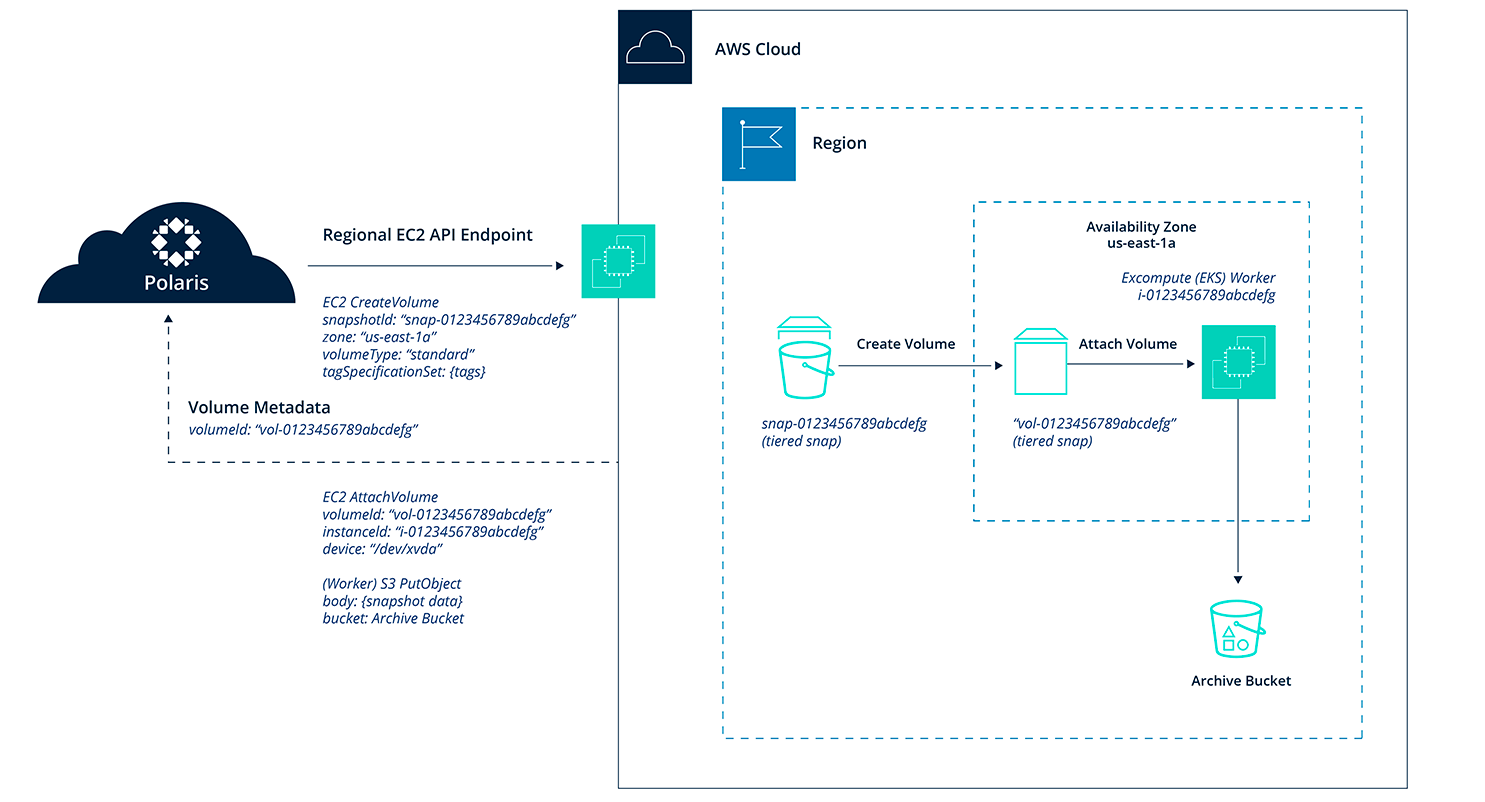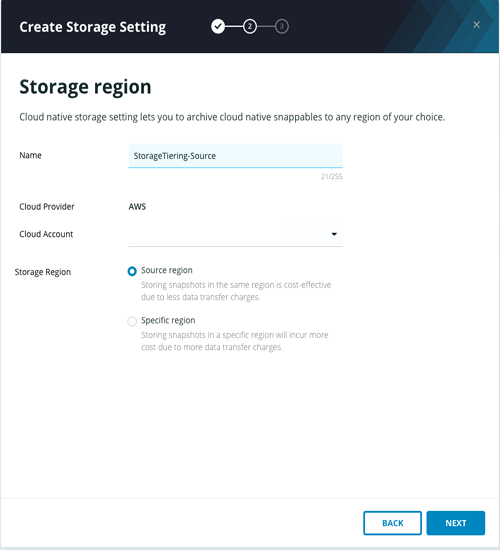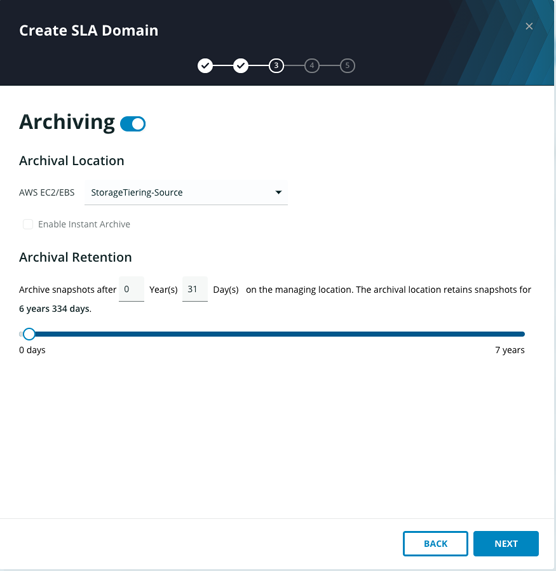As your organization leverages more cloud services, turning your attention to costs -- and those facets unique to cloud architecture -- can be a natural consideration.
Working to utilize the scalability that comes with the cloud while optimizing organizational costs may lead you to wonder are my cloud resources running as efficiently as possible? And, with so many storage tiers, which storage tiers should I be using? Moreover, how do I gain visibility to forecast my storage and compute costs in the public cloud?
To help address these questions, Rubrik is introducing ways to enable our customers to gain control of their cloud economics, namely in the form of cost-optimizing storage tiering capabilities to cloud-native workloads in Amazon Web Services.
How it Works
Beginning with Amazon EC2, Rubrik Polaris will enable you to configure an SLA domain to tier snapshot backups to lower-cost storage classes: Amazon Simple Storage Service (Amazon S3) storage classes – Amazon S3 Standard, Amazon S3 Standard-Infrequent Access, and Amazon S3 One Zone-Infrequent Access in either the source region/account or a specified region/account.
In order to accomplish this, Rubrik Polaris leverages its cloud native protection platform to hydrate the relevant backup into Amazon EBS volumes and attach them to an ephemeral worker node - the Exocompute cluster - launched in the same region. Exocompute then identifies any changed blocks between the current and previous snapshot, compresses and uploads these changes to the S3 bucket. Parallelly, the volumes are also indexed by Exocompute in order to enable file level recovery.

Simple & Flexible Deployment
Rubrik storage tiering is enabled by first creating a storage setting that specifies the account, region, storage tier, and encryption key for the snapshot archive. Once added, this process will create an Amazon S3 bucket in the identified region and account to be used by an SLA for archiving.

With the introduction of Rubrik storage tiering for cloud-native workloads, there is now an option to enable archiving after choosing the frequency and duration of backups for an SLA. Upon enabling it, you can now select the desired archival location from the list of configured storage settings and the period of time after which the data should be archived.

Once the SLA is applied, Amazon EBS Snapshots are taken according to the SLA like before. Once the snapshot’s age exceeds the specified threshold, Rubrik Polaris leverages its Exocompute to index, compress, and tier the snapshots to a more cost-effective storage class and send them to a specified AWS Region or AWS account automatically according to the archival settings of the policy.
Why This Matters
Implementing policy-based tiering that leverages compression and lower cost storage classes may achieve up to 40% cost savings for customers with long-term archival requirements.
Specifying an AWS account or AWS Region for archival can centralize the operational and financial management of archival data. Multi-account customers can now leverage this functionality to ensure that data is protected & centralized across any/all of their accounts for governance or compliance purposes.
By applying a policy that not only archives your data to a specific AWS Region but also to another account, you can now “air gap” your cloud-native backups by isolating the data from its source. This provides an additional level of immutability by ensuring that your data is safe even if the originating cloud account is compromised for any reason.

